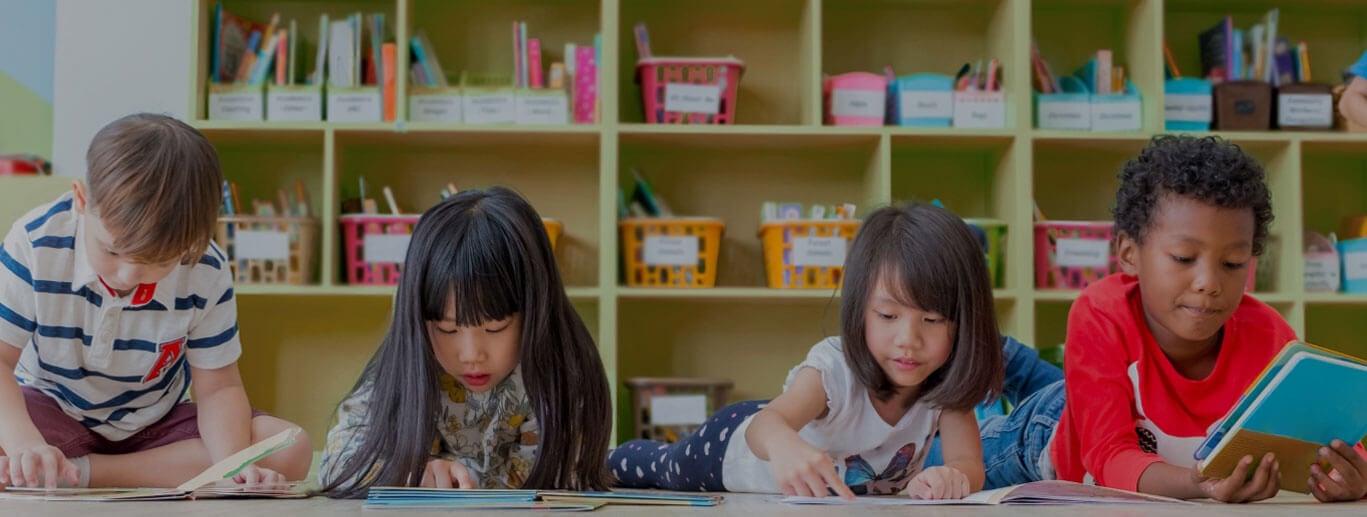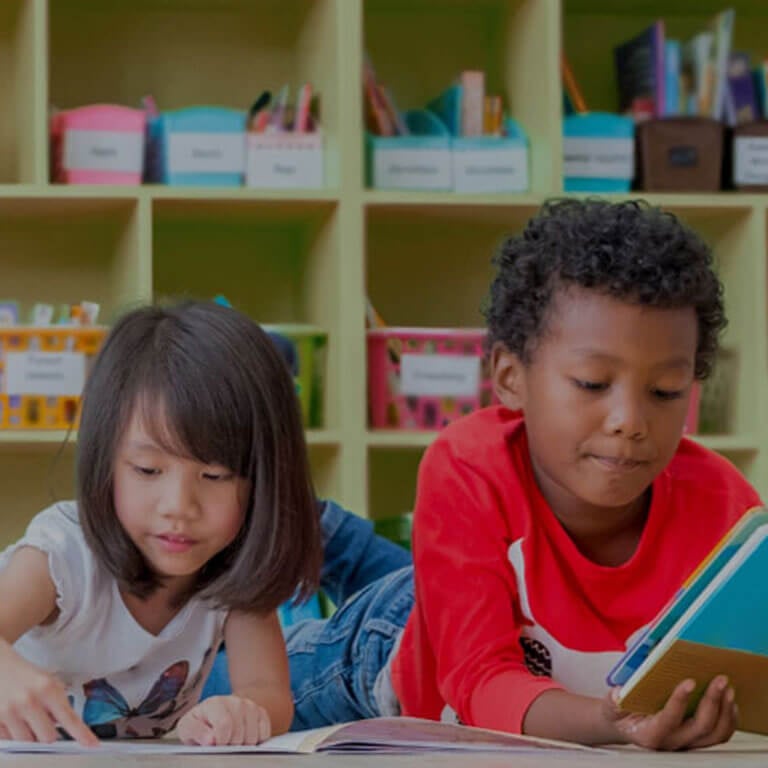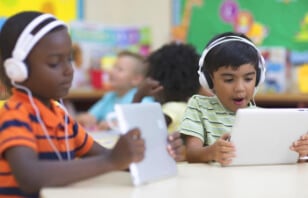More than four decades of peer-reviewed research informs our understanding of reading development and instruction. This large body of scientific evidence is known as the Science of Reading.
Scholastic understands the importance of explicit literacy instruction.
We provide research-based print and digital literacy solutions. Our tools support both whole-class and small-group instruction, as well as independent learning.
Together, we can help every student learn to read, read to learn, and love doing both.
Explore the instructional areas below for targeted solutions to support your classroom needs.
Language Comprehension
-
Background Knowledge
(facts, concepts, cultural information, etc.)
-
Vocabulary
(breadth precision, links, etc.)
-
Language Structures
(syntax, semantics, etc.)
-
Verbal Reasoning
(inference, metaphor, etc.)
-
Literacy Knowledge
(genres, text features, etc.)
Word Recognition
-
Phonological Awareness
(syllables, phonemic awareness, etc.)
-
Decoding
(alphabetic principle, spelling-sound correspondence, encoding/writing, etc.)
-
Sight Recognition
learned words, both decodable and non-decodable, enter long-term memory
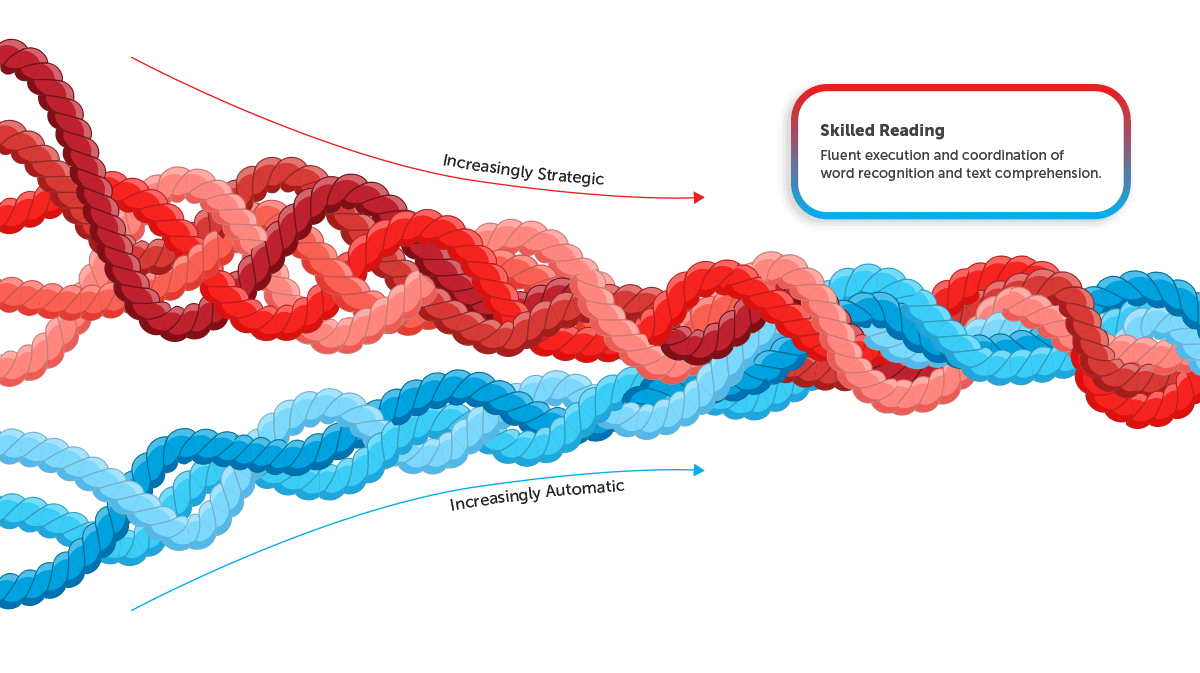
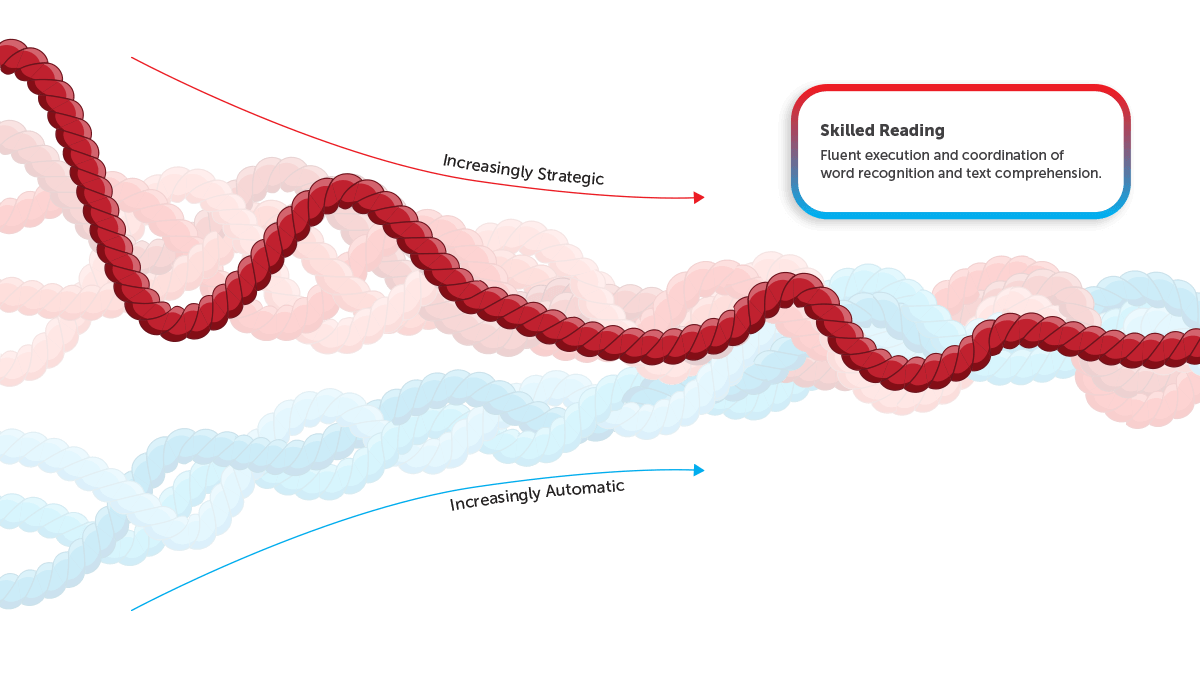
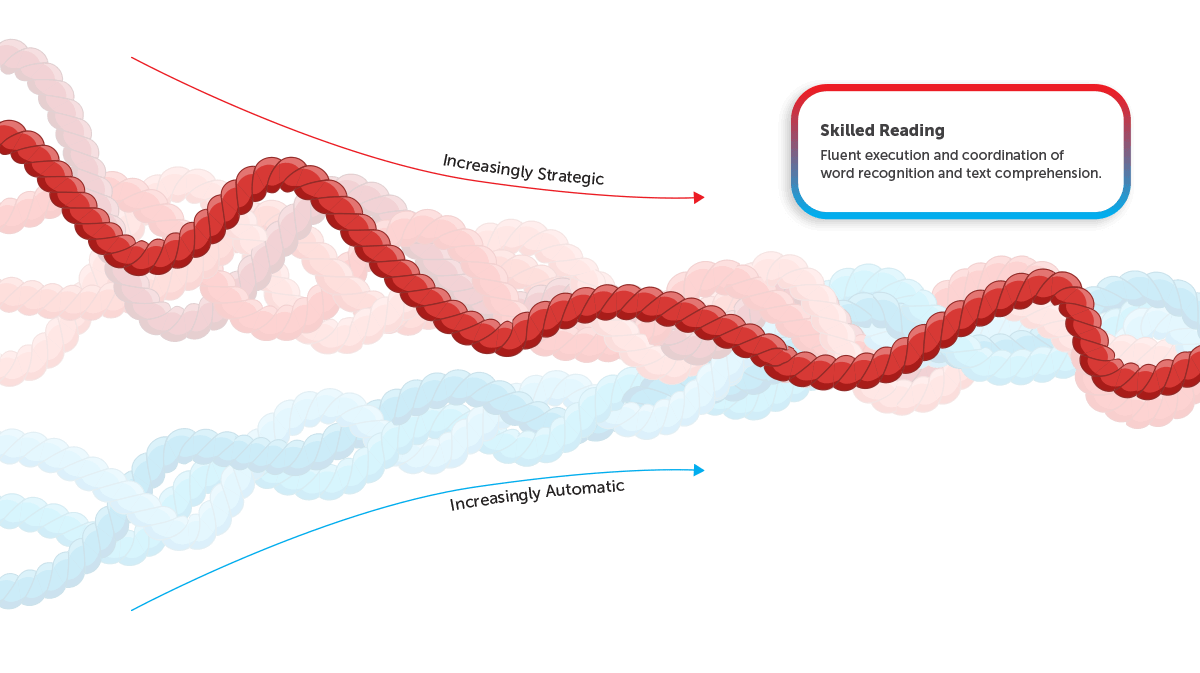
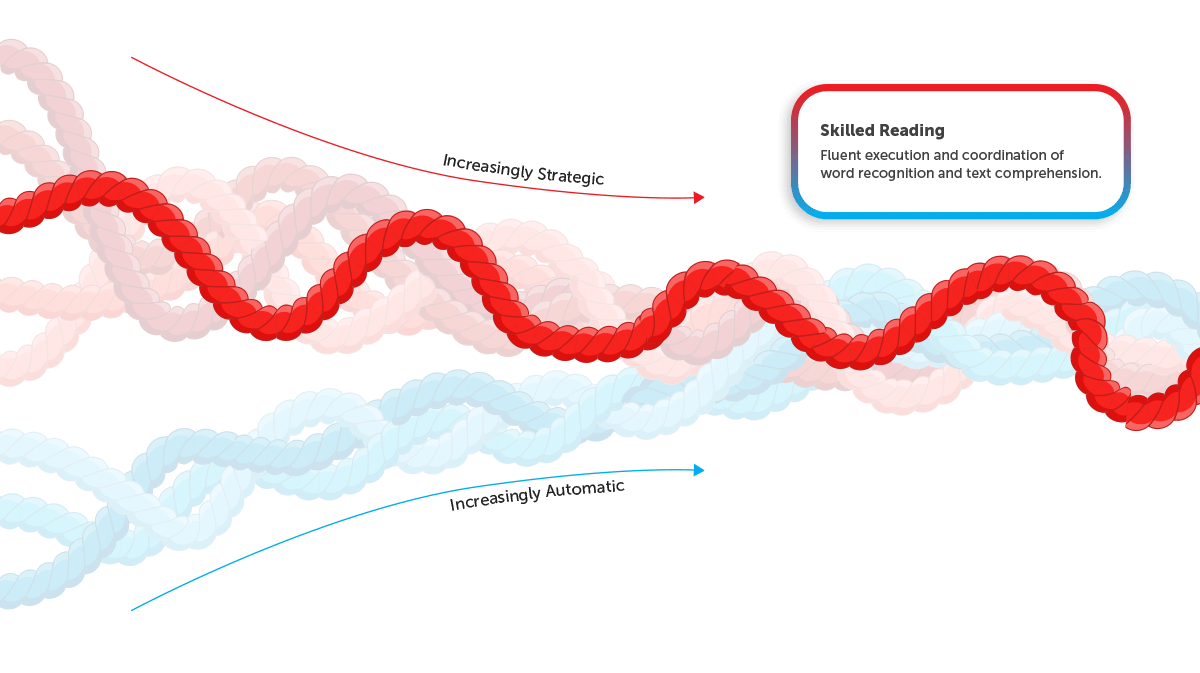
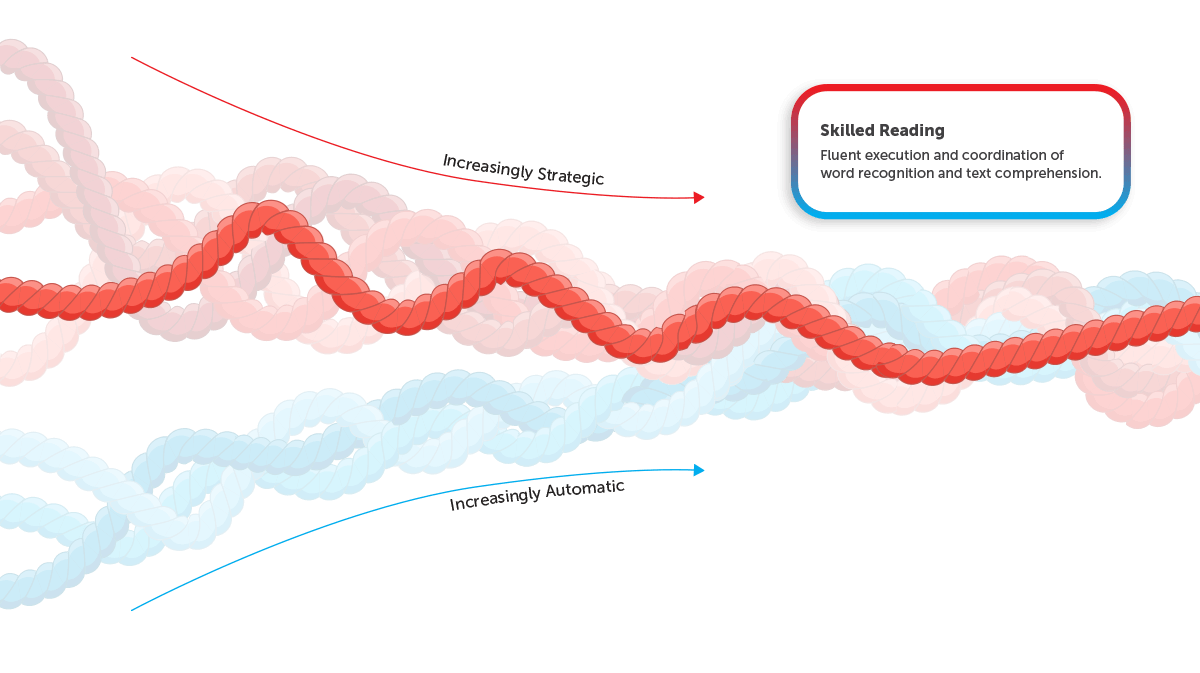
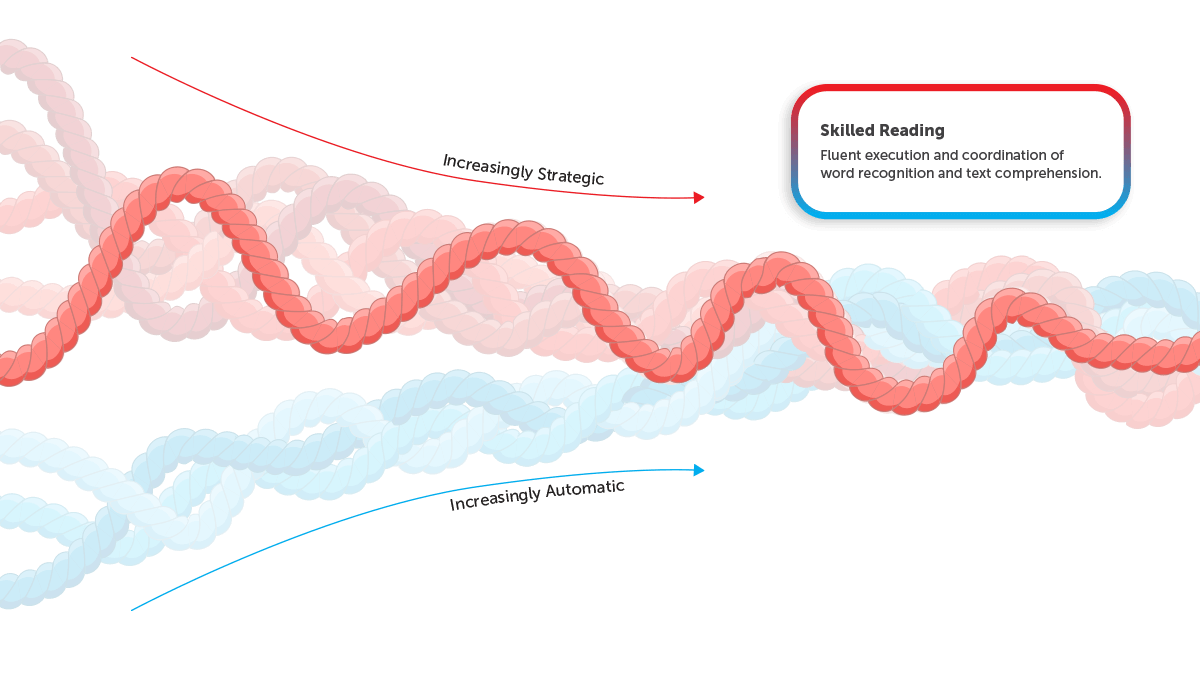
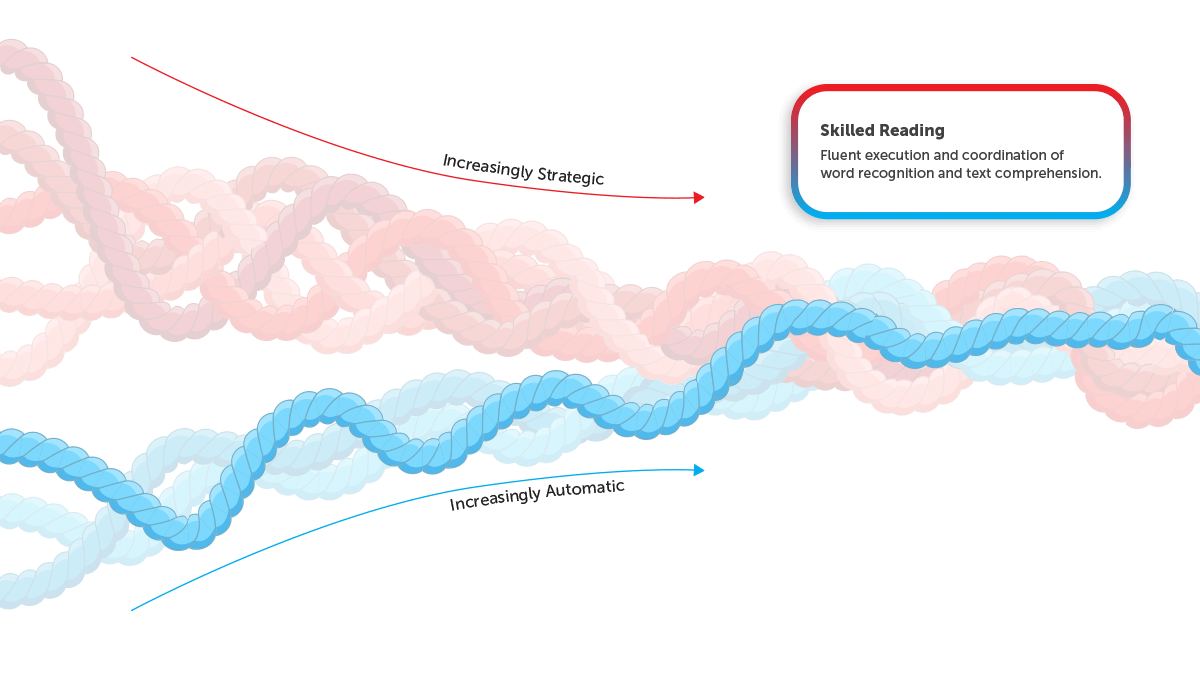
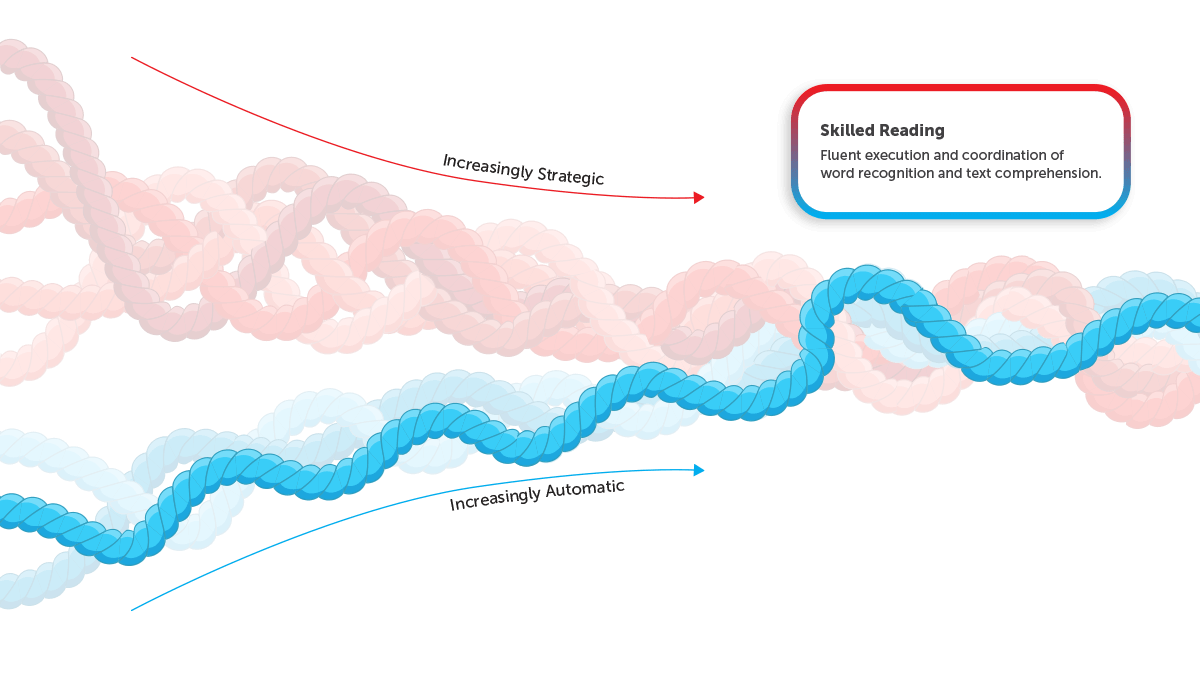
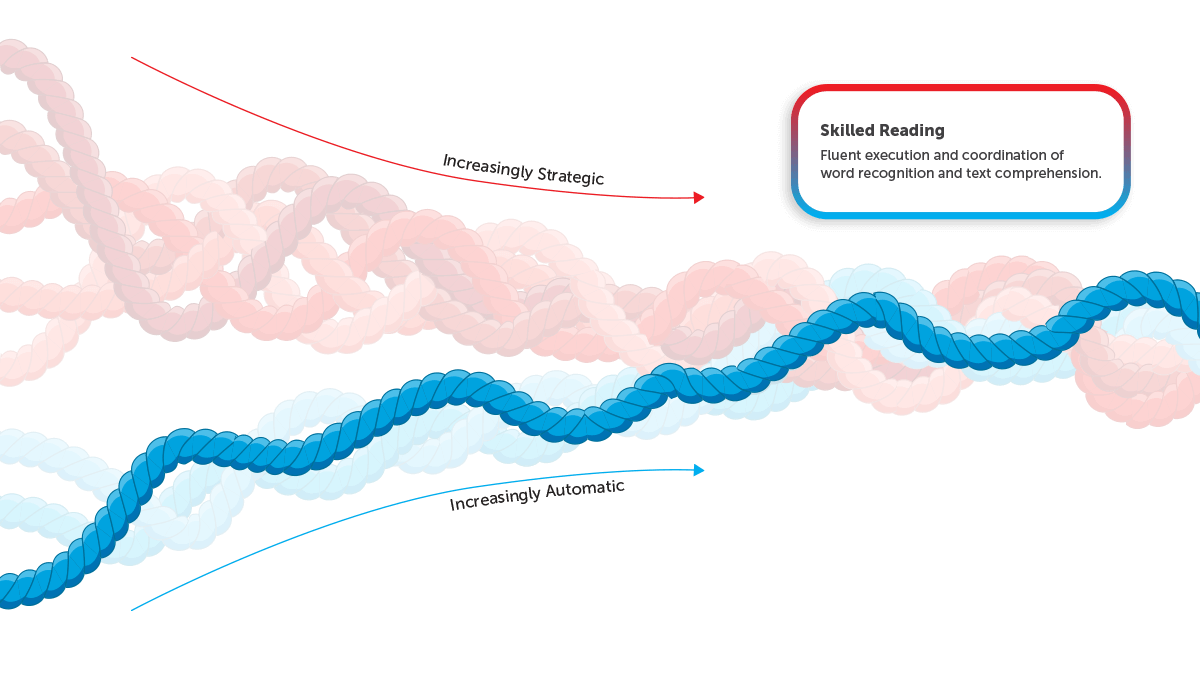
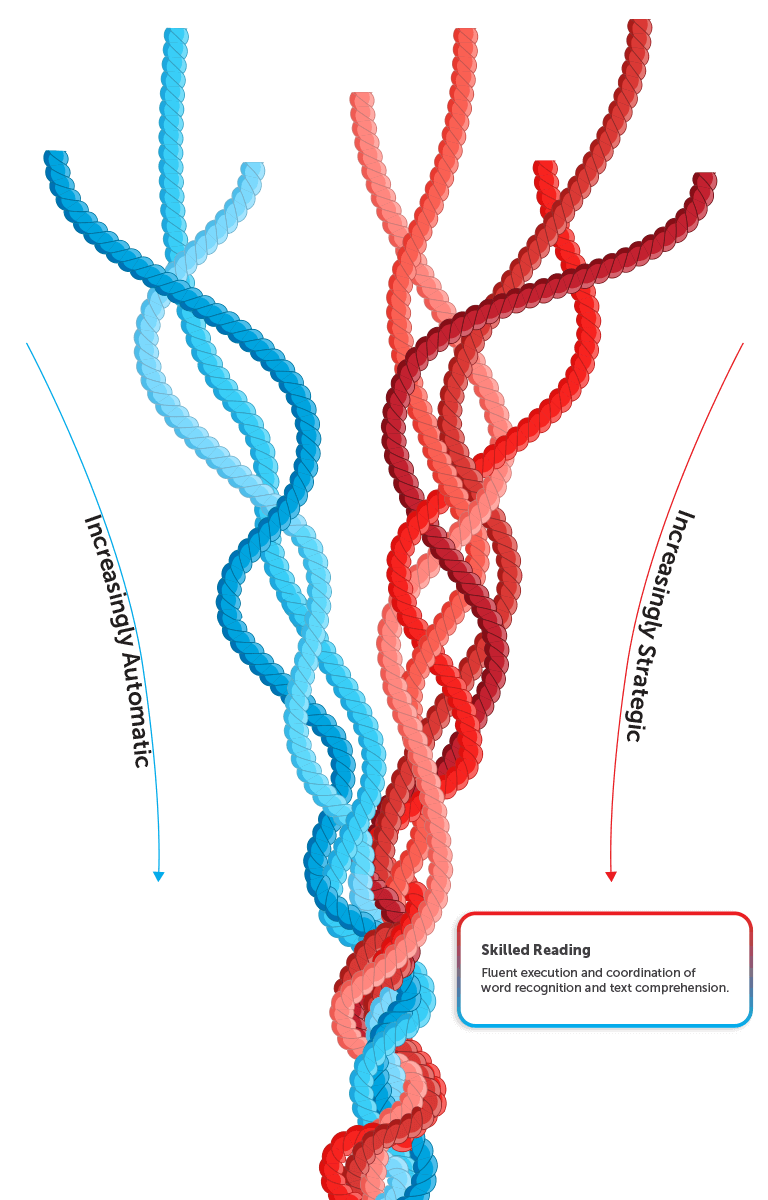
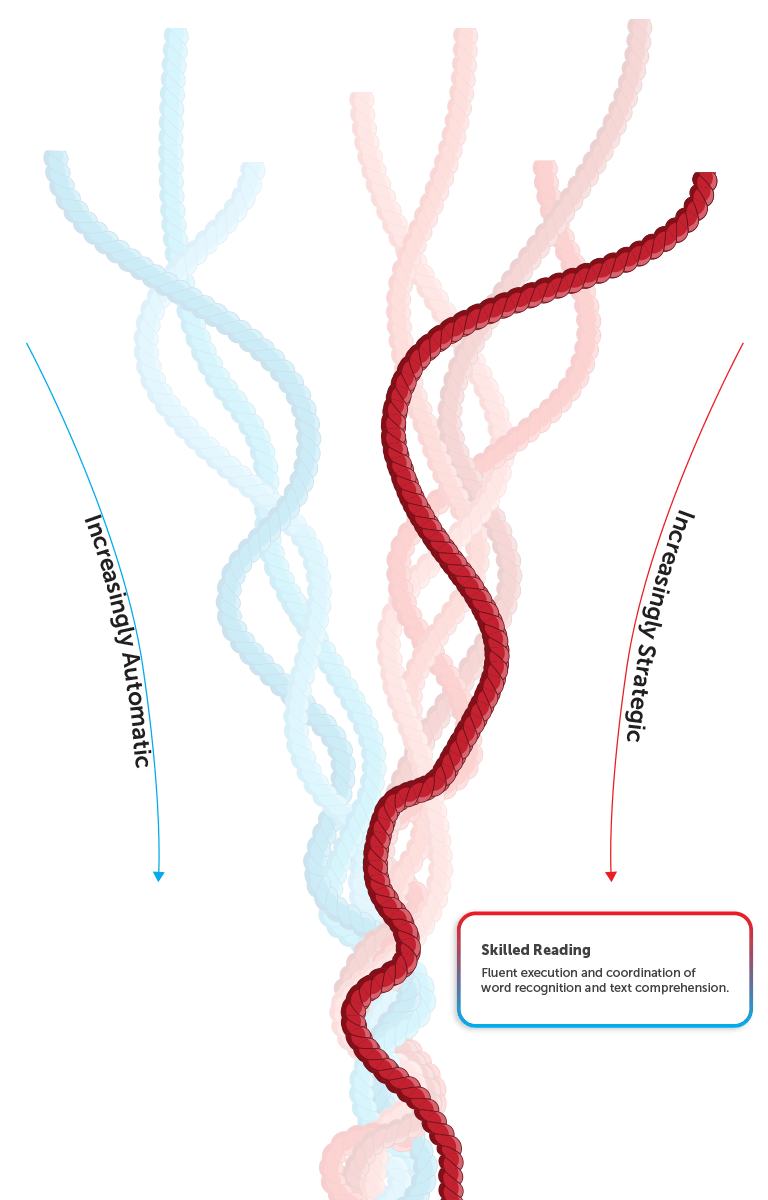
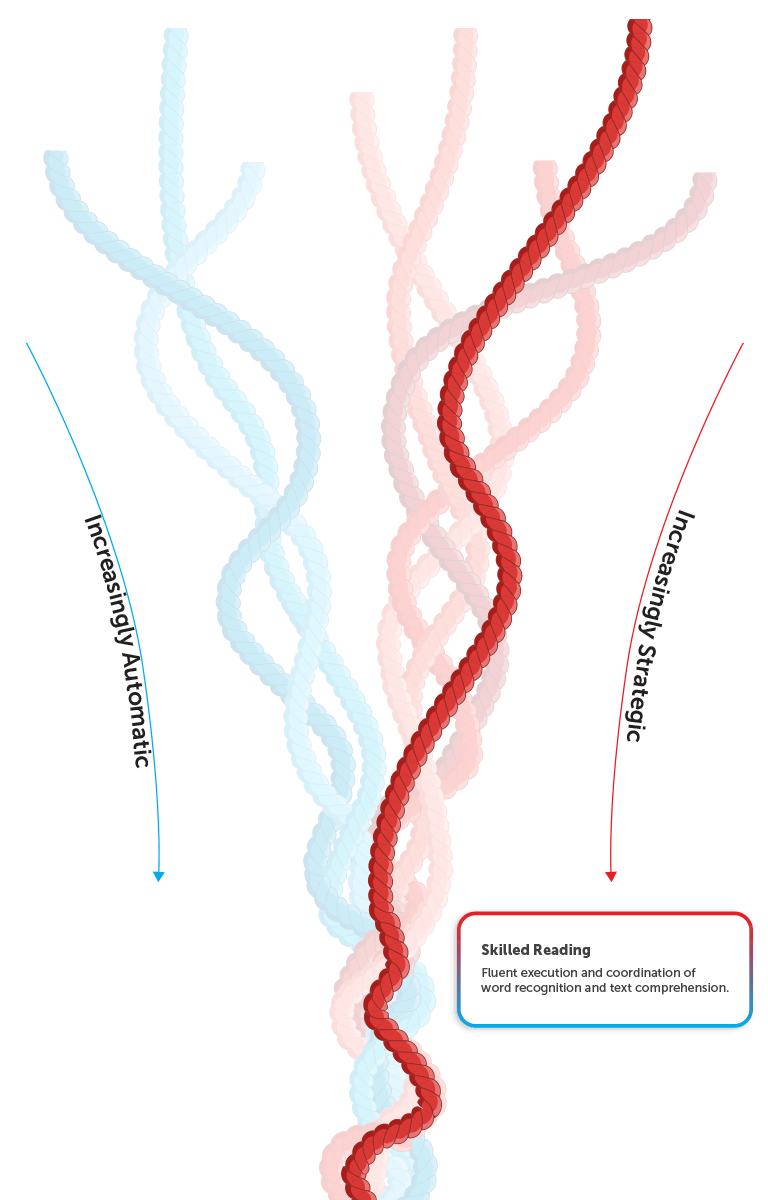
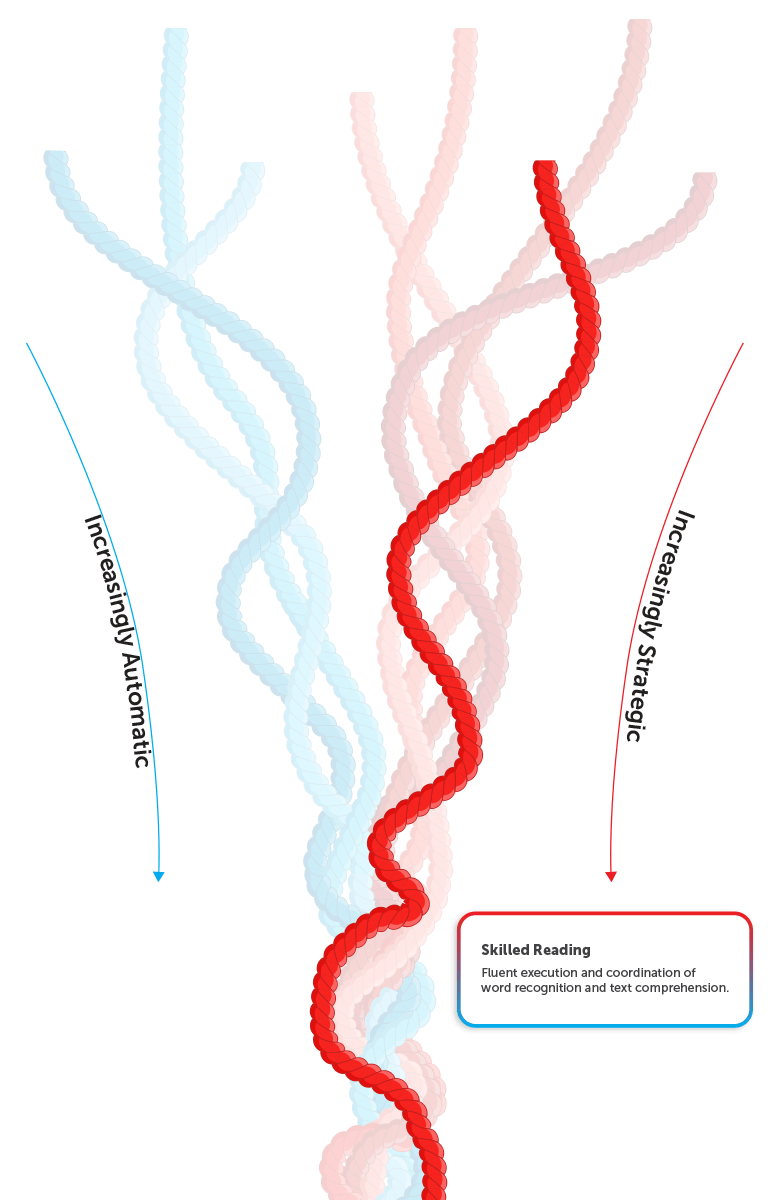
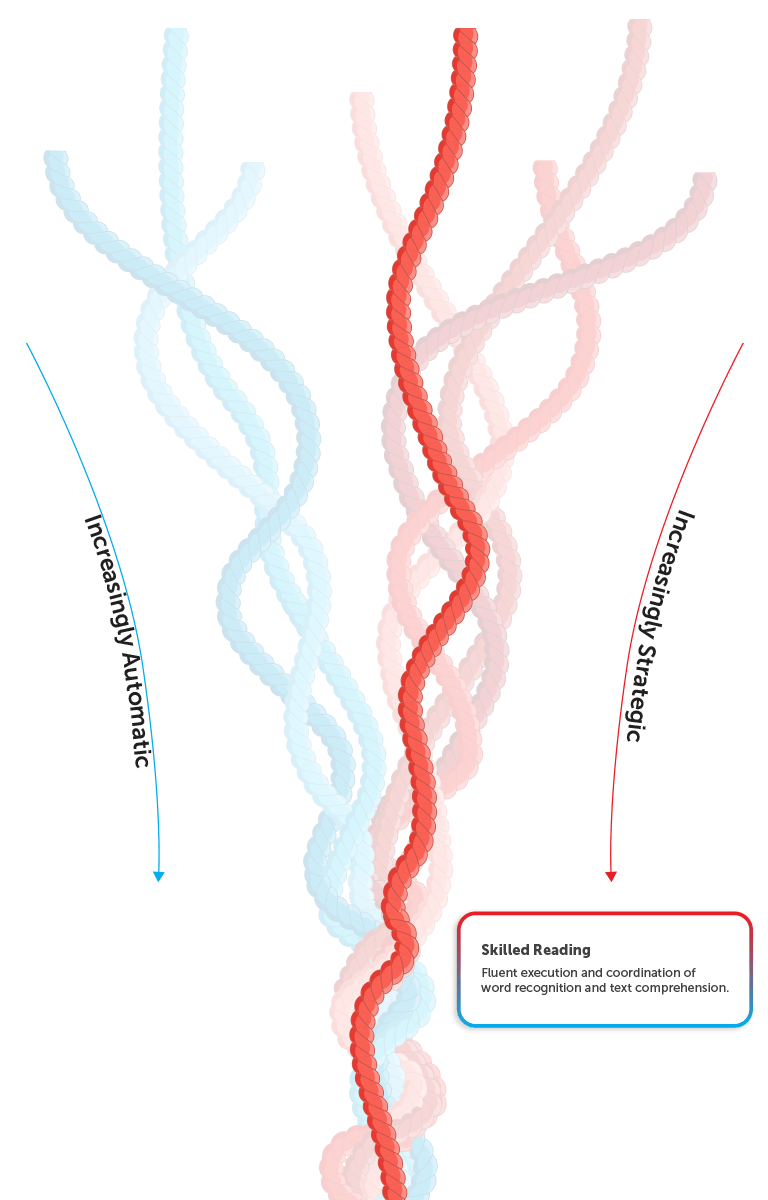
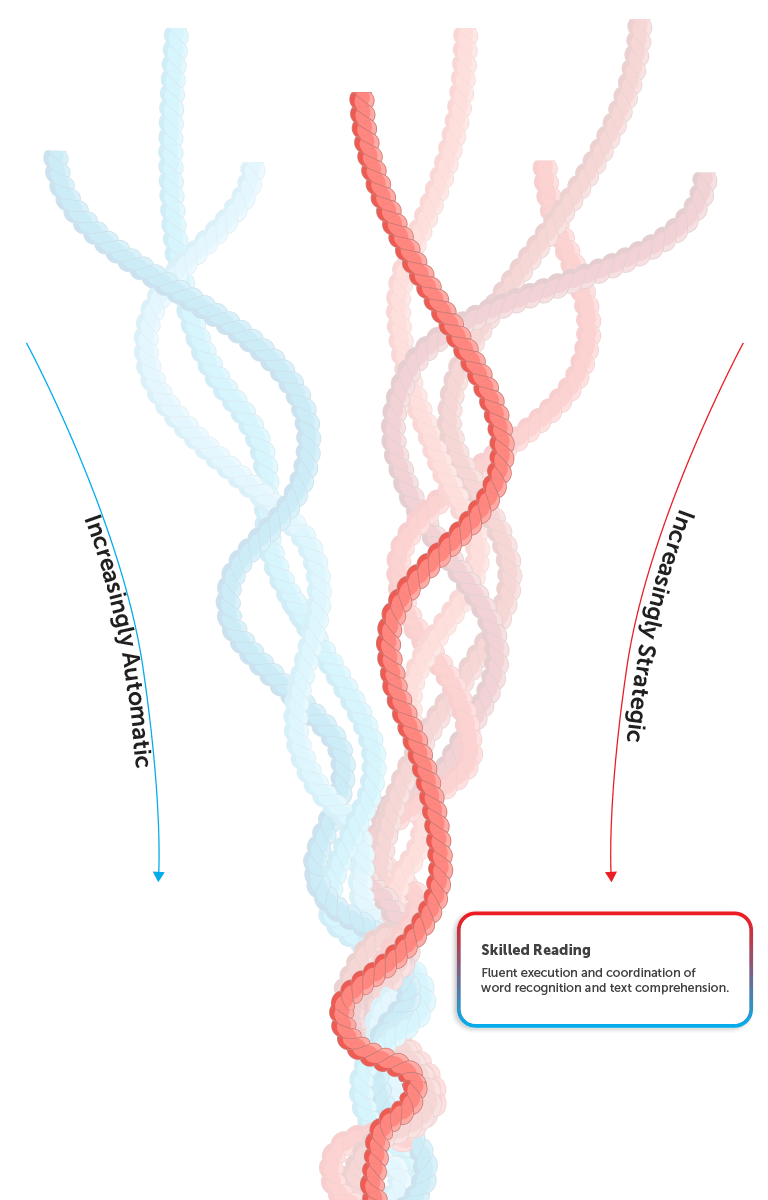
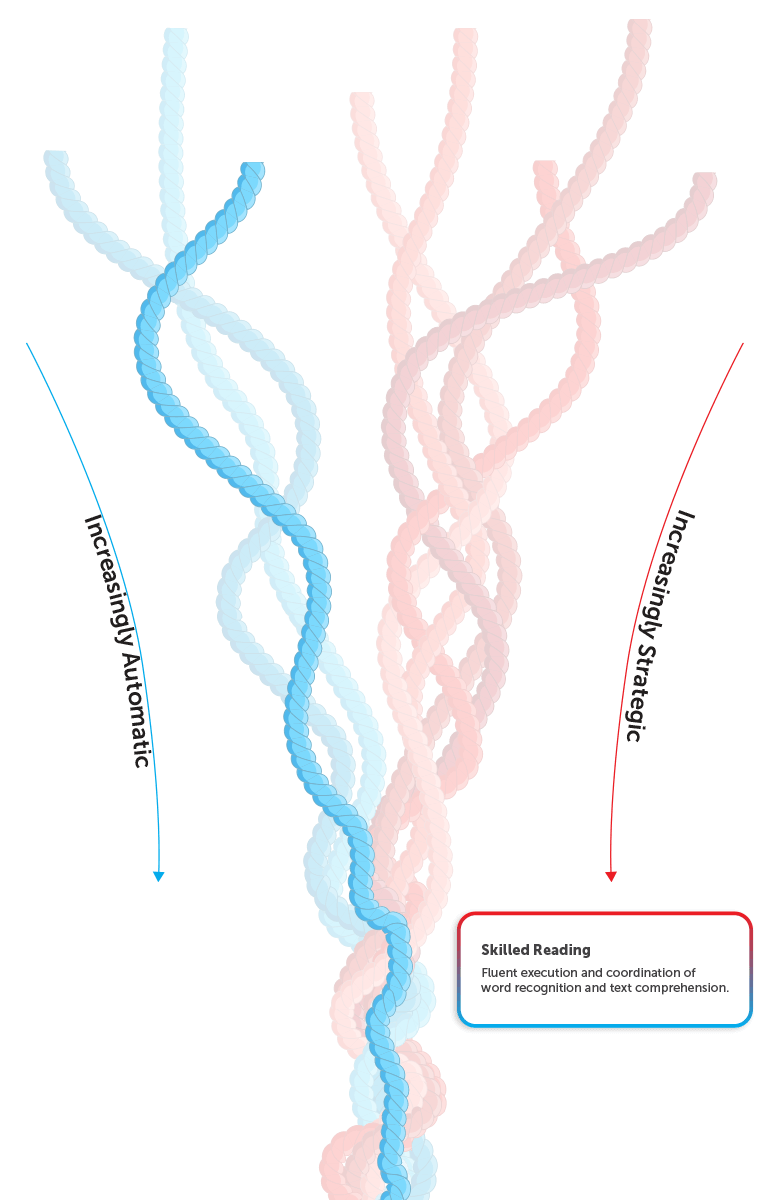
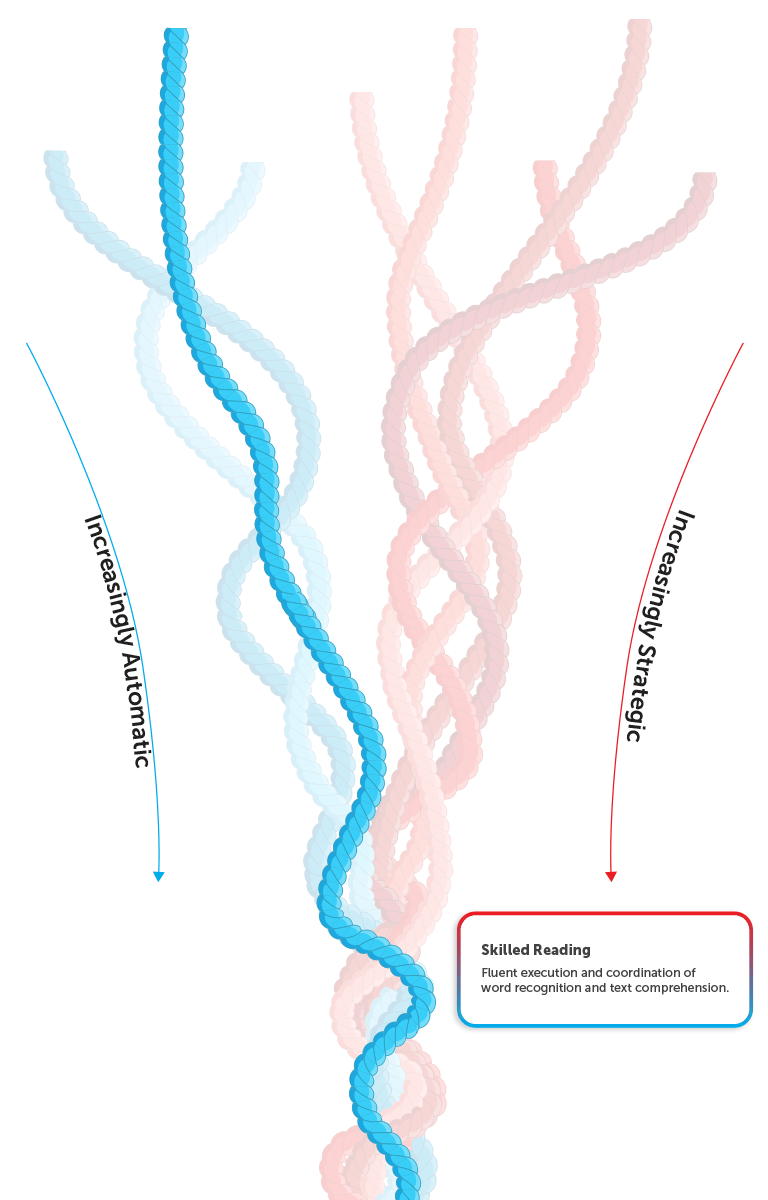
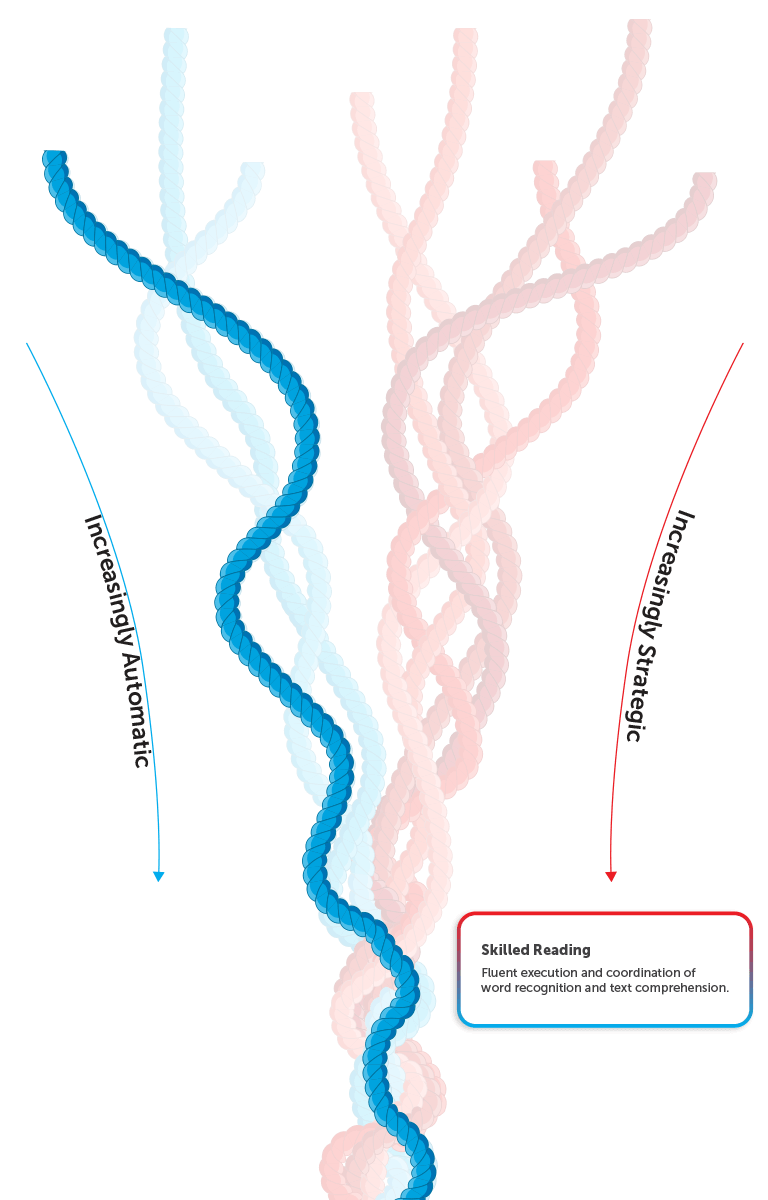
Programs that Support
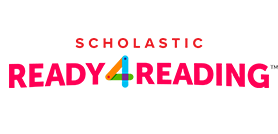
Science-based K–3 phonics program that makes explicit, cumulative phonics instruction easier for teachers
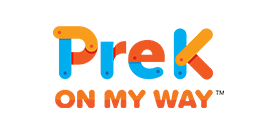
Engages children with the skills to flourish as readers, writers, and explorers of the world
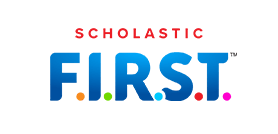
Helps students secure the foundational reading skills to become fluent readers with strong comprehension
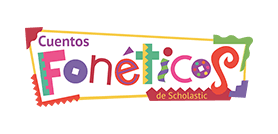
Help students develop Spanish foundational skills with decodable texts and become confident, independent readers
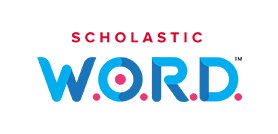
Promotes vocabulary acquisition and deepen comprehension by teaching words in context across the content areas
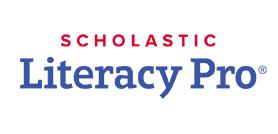
Ensures that every student has access to the books they want to read when and where they want to read them

Helps students “crack the code” of the written word, bolstering reading and spelling proficiency, comprehension, and fluency

Relatable magazine articles and activities in print and digital formats that span the content areas
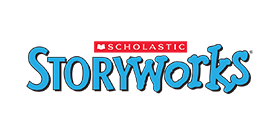
An exciting ELA resource that inspires students to become confident, successful readers
Support Teachers with Foundational Literacy Instruction Grounded in Science
Learning to read with fluency and comprehension requires mastering a set of complex skills that help readers decode and understand words in a text. Skilled teachers, informed and supported by reliable data and effective instructional strategies, can effectively differentiate instruction for children, helping them develop a lifelong love of reading and learning.
In this series we offer practical approaches for applying what we know about the science of reading to classroom instruction.
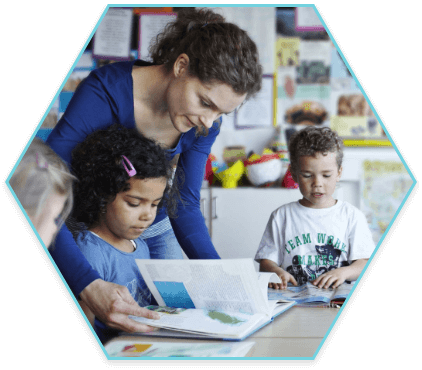
Proven Routines to Put All Children on the Path to Proficient Reading
Julia B. Lindsey’s evidence-backed routines help young readers decode words efficiently so they can spend more energy on comprehending—and enjoying—what they read!
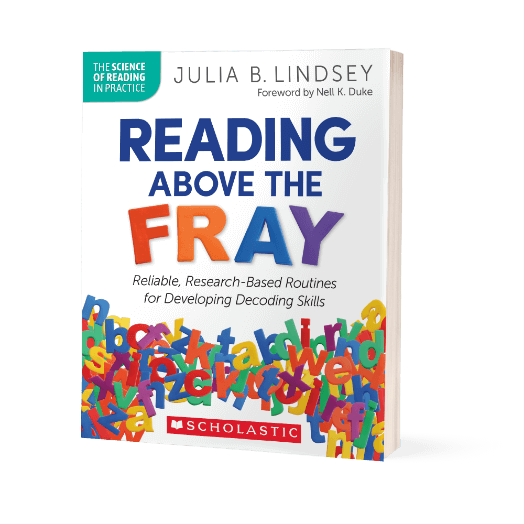
“Teachers require the correct tools and knowledge to deliver the explicit instruction that enables students to successfully practice and cement their learning, and embark on a path to reading proficiency.”
—Jessica Wollman,
SVP, Scholastic Classroom and Library Publishing
